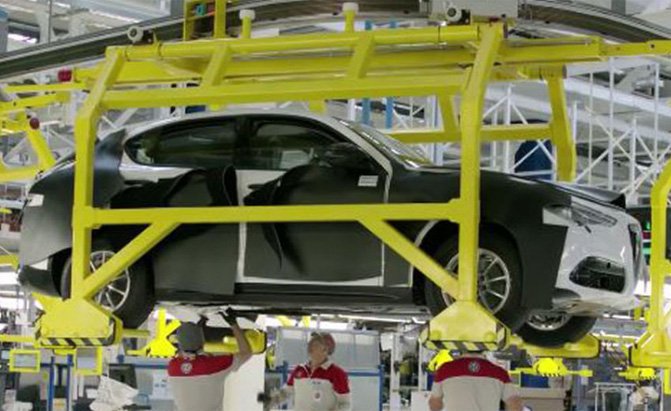The Lexus LS600hL will learn individual driver habits and benefit from shared intelligence from other cars.
Unveiled at Toyota’s Prius Challenge event in Sonoma, California, the 2.0-generation advanced safety research vehicle is built on the current-generation Lexus LS600hL and features a robust drive-by-wire interface. Toyota says the 2.0 is designed to be a flexible, plug-and-play test platform that can be upgraded continuously and often. It is also the first autonomous testing platformed developed entirely by Toyota Research Institute (TRI).
The vehicle focuses heavily on machine vision and machine learning with layered and overlapping LIDAR, radar and camera sensor array so that it doesn’t have to depend heavily on high-definition maps. This is especially important since near-term systems will be designed for use in areas that haven’t been mapped.
SEE ALSO: This Toyota Concept Wants to Make an Emotional Bond with You
The technology stack on the test vehicle will be used to develop both of TRI’s core research paths: Chauffeur and Guardian systems. Chauffeur represents the always deployed, fully-autonomous system classified by SAE as unrestricted Level 5 autonomous and Level 4 restricted and geo-fenced operation. Toyota says Guardian is a high-level driver assist system that constantly monitors the driving environment inside and outside the vehicle. Its goal is to always be ready to alert the driver of potential dangers and interfering when needed to help avoid a crash.
“Basically, it is a smart vehicle designed to get smarter over time,” said TRI CEO Gill Pratt. “It will learn individual driver habits and abilities and will benefit from shared intelligence from other cars as data gathering, sharing and connectivity technologies advance. We believe Guardian can probably be deployed sooner and more widely than Chauffeur, providing high-level driver-assist features capable of helping mitigate collisions and save lives, sooner rather than later.”



Leave a Reply